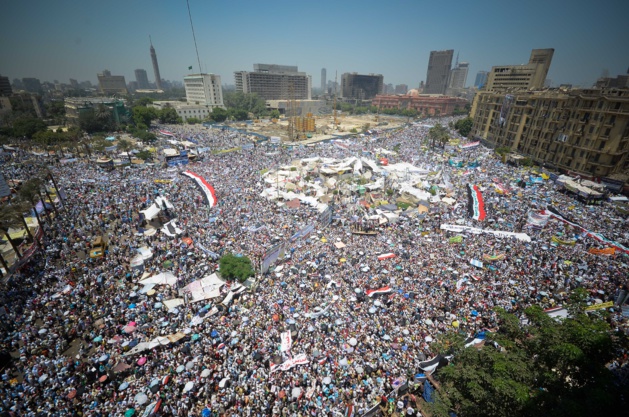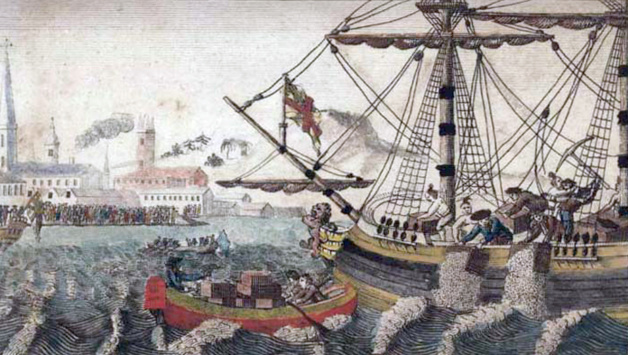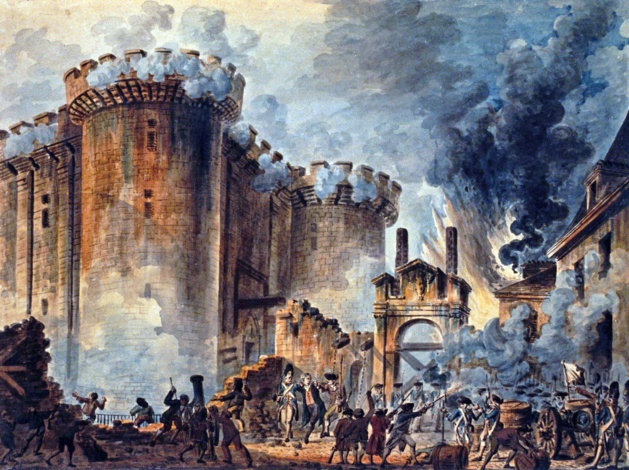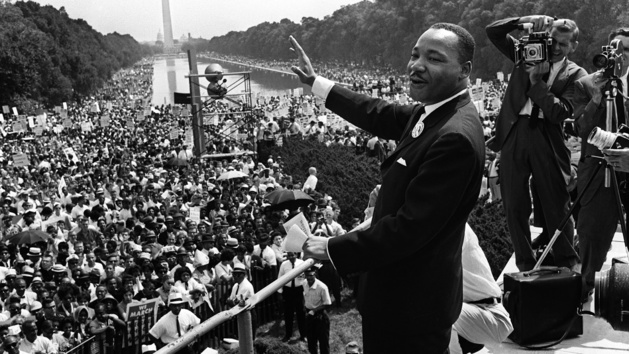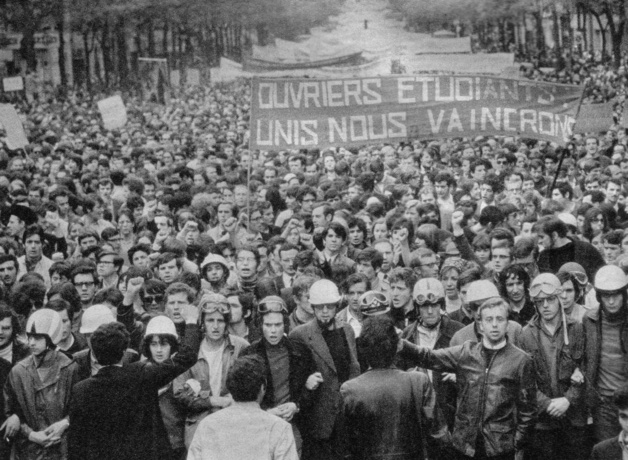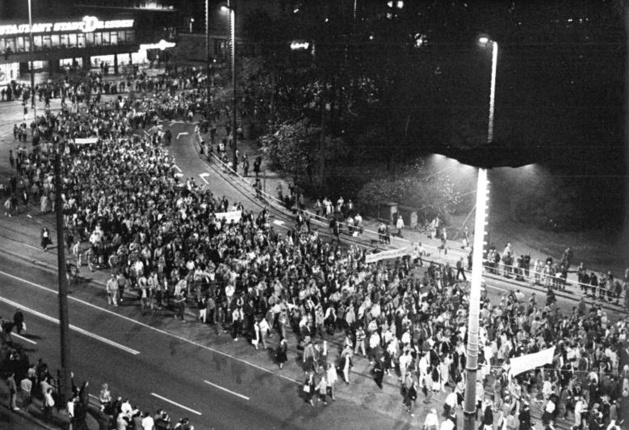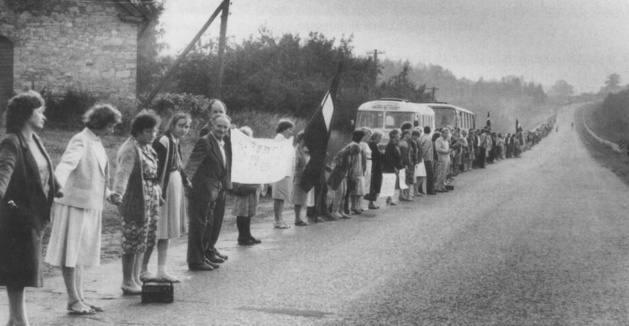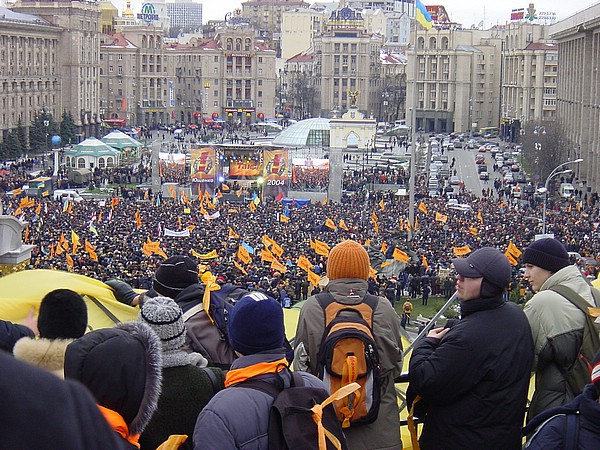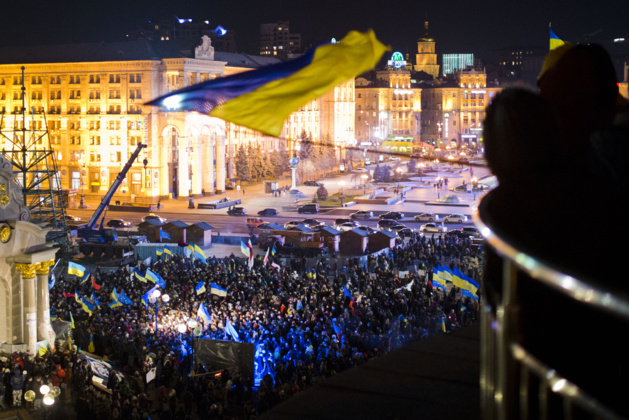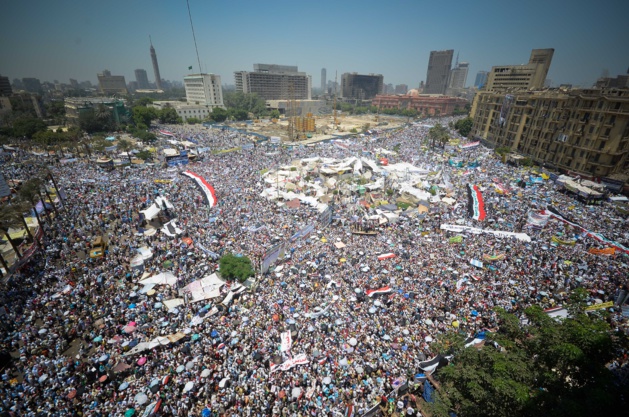
Credit DR
From the most violent to the most peaceful, protests can take many different forms. Nevertheless, they share the common goal of bringing about change in the politics of running a country. Furthermore, the reaction of the government against a protest says a lot about the country’s political regime. In a democracy, protests generally take place under the watchful eye of the police. Within a non-democratic regime on the other hand, they are often nipped in the bud rather than having to be suppressed in the midst of a lesser or greater violence.
However, whatever the nature of the regime, the following ten protests have well and truly succeeded in considerably influencing the policies in place.
1 – THE BOSTON TEA PARTY – 16/12/1773
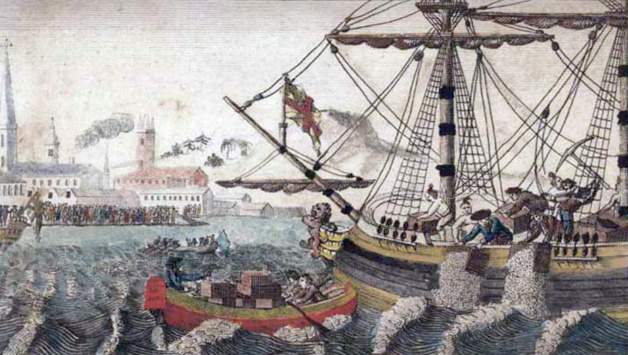
The Boston Tea Party won its case and participated indirectly in the United States gaining independence.
The 16th December 1773 in Boston Harbour, 60 settlers threw overboard 342 crates of tea stored in ships coming from England. This symbolic act with significant economic consequences expressed the contempt in the colonies, and especially in Boston, with respect to the British parliament. The latter, led by George III, decided to raise commercial tax for the colonies, even though they were not even represented in Westminster. It was in response to these measures – which made tea in particular the most highly taxed product – that made the Boston Tea Party protests decide to lash out at British tea.
This uprising was followed by the closing of Boston Harbour by the British authorities, and then the establishment of the Intolerable Acts (a group of authoritarian measures against the colonies). These measures themselves played a leading role in the American War of Independence from 1775 to 1783. It is therefore not an exaggeration to say that the Boston Tea Party was an event that foreshadowed the independence of the United States of America.
This uprising was followed by the closing of Boston Harbour by the British authorities, and then the establishment of the Intolerable Acts (a group of authoritarian measures against the colonies). These measures themselves played a leading role in the American War of Independence from 1775 to 1783. It is therefore not an exaggeration to say that the Boston Tea Party was an event that foreshadowed the independence of the United States of America.
2 – The French Revolution – from 05/05/1789 to 09/11/1799
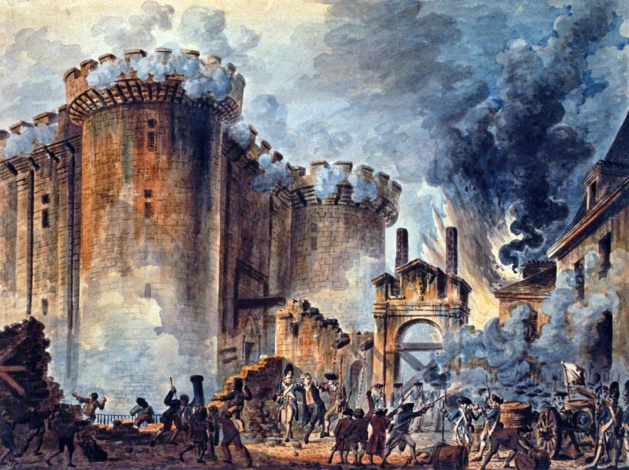
Still in the 18th century but on another continent, the French Revolution marked another turning point in the history of the country and of Europe. The launch of the Estates General on the 5th May 1789 took place when people were already suffering the consequences of a devastating economic crisis. The uprising which followed was simply an expression of the people’s exasperation. Taking power into their own hands, the people seized the Bastille on the 14th July 1789 and in doing so finally put an end to a tyrannical regime. The king was overthrown and then guillotined, shortly followed by the queen.
The French Revolution finally ended on 9th of November 1799 with the coup d’état of the 18th Brumaire (second month of the Republican calendar, from 22nd October- 21st November) which transferred power to Napoleon Bonaparte. The consequences of the French Revolution were manifold: first of all it allowed the abolition of the monarchy and therefore its privileges. The Declaration of Human and Citizen Rights was consequently drawn up. The political regime was changed by the establishment of a constitutional monarchy and then of the First Republic. In terms of Europe, the French Revolution also consequently created the Sister Republics, redefined borders and the European States as well as spreading a revolutionary spirit. In the end, the whole of Europe found itself affected by the consequences of this revolution.
3 – The Salt March – 12/03/1930
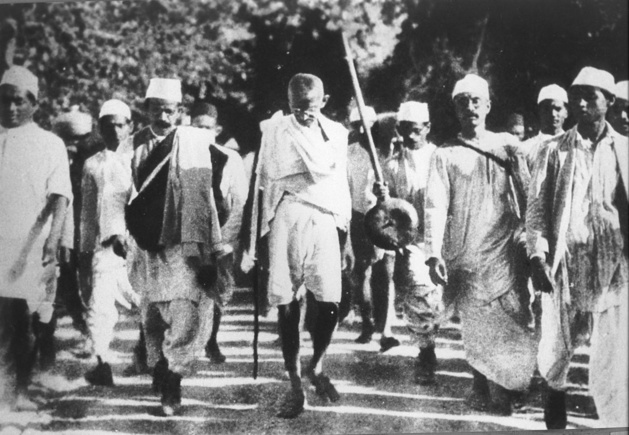
In a completely different ball park, on the 12th March 1930, Mohandas Karamchand Gandhi applied his theory of non-violence for the first time in a concrete way. On that day, Gandhi left his ashram – an isolated hermitage– to go to the Indian Ocean, some 350 kilometres away. Arriving at his destination after several weeks of walking, he gathered some salt in his hands. This insignificant but highly symbolic act was a violation of the British state’s monopoly over the distribution of Indian salt. This monopoly obliged every consumer – even the poorest– to pay a tax on salt and forbade them to cultivate it themselves. Over the course of the following days, more and more Indians imitated Mahatma; so much so that 60,000 of these law-breakers were thrown in prison, including Gandhi himself. They all allowed themselves to be imprisoned without resistance, according to Mahatma’s instruction. The government quickly realised that it could not stand up to such a protest and the viceroy finally decided to release all of the prisoners within 9 months.
This non-violent act of resistance resulted in the abolition of the state’s monopoly over salt and weakened Britain’s authority over India. In the same way as the Boston Tea Party initiated the independence of the colonies, the Salt March preceded Indian independence.
4 – The Washington Civil Rights March – 28/08/1963
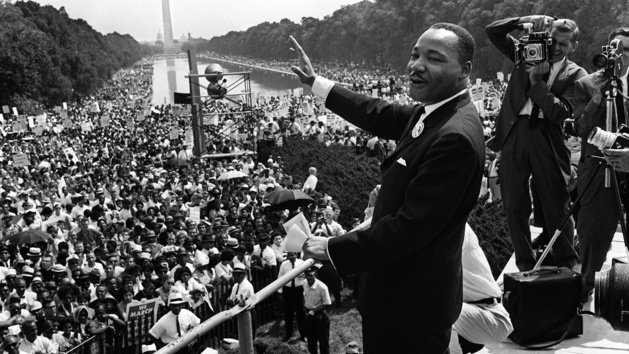
Demonstrating a different form of non-violence, the Washington Civil Rights March, organised by Martin Luther King among others, marked a turning point in African-American history.
On the 28th August 1963, pastor and activist Martin Luther King gave his famous « I have a dream » speech in front of the Lincoln Memorial. Between 200,000 and 300,000 people came to hear him, of which 80% were African-Americans. This peaceful protest led to the voting in of the Civil Rights Acts in 1964 as well as the Voting Rights Act of the following year. The first measure made any form of segregation illegal, whereas the second allowed black people to vote.
5 - May ‘68
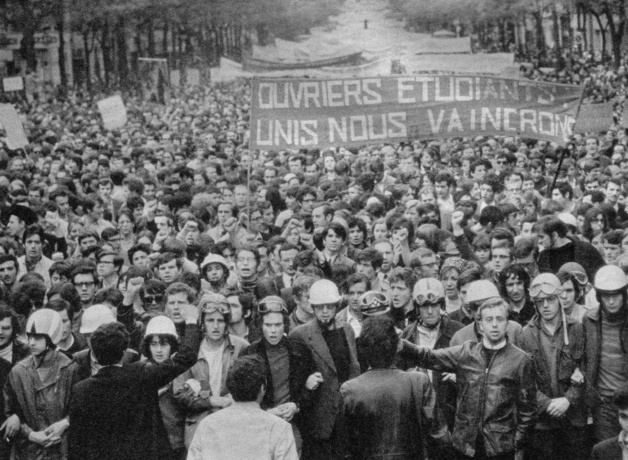
Much more than just a protest, May ‘68 is the symbol of a group of demonstrations ranging in violence, which took place in France between the 22nd March and the 27th May 1968. First of all concerning students, the crisis became social and then political. The majority of protesters were workers or students, who united for the occasion. They protested for a fairer world and for a society less focused on consumption and profit. These demands expressed fears surrounding rising unemployment and the globalisation of the market which was harming small businesses and farms. Students also protested against the university system.
This crisis provoked a shift in the political landscape. Charles de Gaulle first of all saw a solution in the replacement of his Prime Minister Georges Pompidou by Couve de Murville, but this did not really resolve the situation and the President was subsequently forced to resign on the 28th April 1969 following the failure of his policies. In the long term, May ‘68 also brought into question men’s authority over their wives, employers’ authority over workers and the importance of traditional values such as marriage, religion and even family. Not long after this period, education was incidentally to become mixed, democratic, autonomous and open to all. Thus a significant liberation of women was witnessed, which progressed along with the evolution of clothing and sexual freedom.
6 – The Monday Demonstrations – 09/10/1989 until 09/11/1989
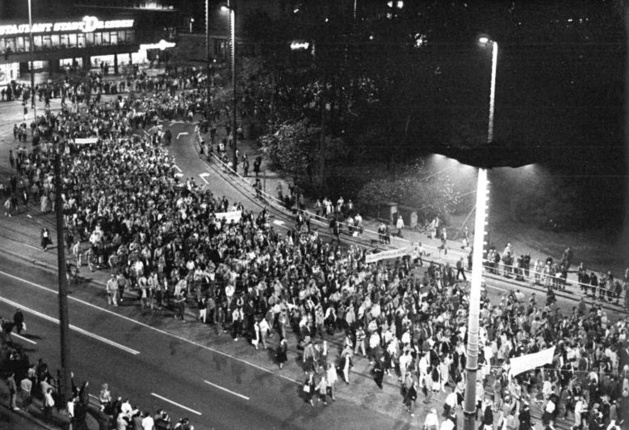
Germany also saw protests on a national scale, but much less violent ones, beginning on the 9th October 1989. On that day, a Monday to be precise, 70,000 Germans peacefully protested in the German Democratic Republic against the communist regime. The first of these demonstrations took place in Leipzig, and other cities joined the movement from the following Monday. Every Monday throughout the GDR, hundreds of thousands of Germans protested. The ritual only ended with the fall of the Berlin Wall on the 9th November 1989.
These peaceful demonstrations played a key role in the fall of the Berlin Wall. The Red Army had in fact been ordered to violently suppress public rallies. However, facing a peaceful population holding only a simple candle as a weapon and repeating as a slogan: ‘Keine Gewalt’ (no violence) and ‘Wir sind das Volk’ (We are the people), the Red Army were disconcerted and did not open fire. The removal of the Iron Curtain was also made possible by the peaceful protests repeated by these hundreds of thousands of Germans. Every year, the country commemorates these historic protests.
7 – The Victory of the Singing Revolution – from 1987 to 1991
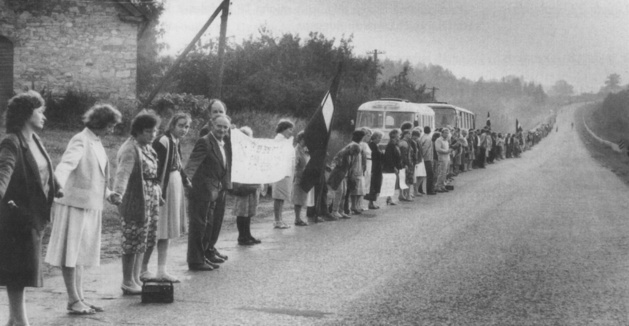
Although the title of this protest suggests a revolution, the latter was completely non-violent. The Singing Revolution, from 1987 to 1991, drove the Baltic people towards the independence of Estonia, Latvia and Lithuania. During this revolution, these three countries – under Soviet domination – sang patriotic hymns as a form of protest. The pacifism of the act allowed them to avoid spilling blood.
The Baltic Way is the most symbolic victory and action of the Singing Revolution. On the 23rd of August 1989, between 1.5 and 2 million people took each other’s hand to form a symbolic border facing the USSR. This 560km-long human chain started in Vilnius, went through Riga and finished in Tallinn. The enormous media fallout gave a decisive momentum to the re-establishing of these three Baltic countries’ independence.
8 – The ‘Colour’ or ‘Flower’ Revolutions – November 2003 to March 2005
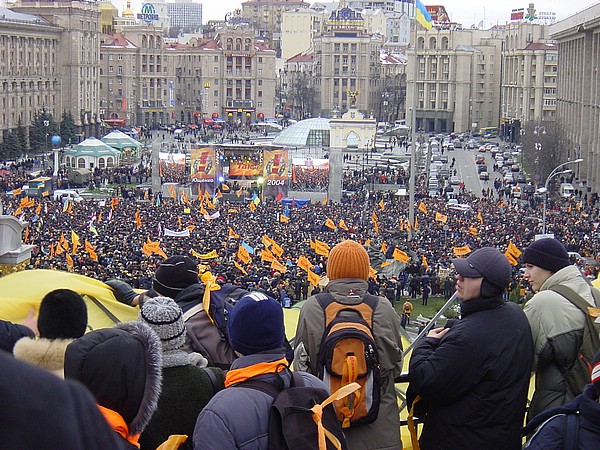
The ‘Colour’ or ‘Flower’ Revolutions designate a collection of revolutions which rocked the global political sphere from 2003 until 2005. They shared the common objective of being public, pacifist and pro-Western demonstrations. The first revolution took place in November 2003 in Georgia following the rigged parliamentary elections. This Rose Revolution, as the media would later call it, was followed in late 2004 by the Orange Revolution in Ukraine. The Cedar Revolution in Lebanon in February 2005 and the Tulip Revolution in Kyrgyzstan on the 24th March 2005 ended this turbulent period of history.
These revolutions resulted in political rezoning within the countries involved: Ukraine was also able to organise a new round of voting for the presidential elections after the results of the second round were contested. Kyrgyzstan was freed from Soviet supervision by revolting against the corrupt regime of Askar Akaïev, and Lebanon freed from Syrian supervision. Only Belorussia and Moldova did not succeed in bringing their respective revolutions to fruition.
9 – Euromaidan – from 21/11/2013 to 22/02/2014
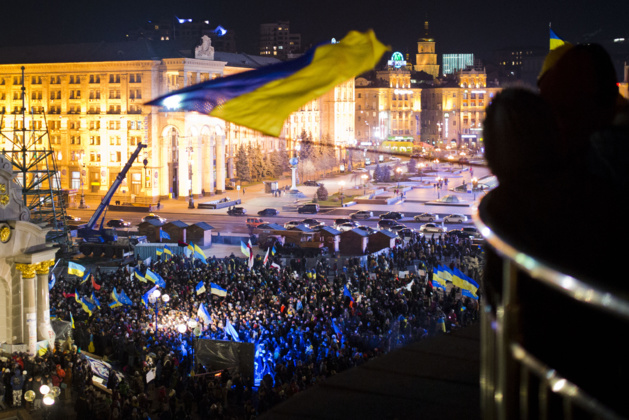
The ‘Orange’ Revolution in Ukraine, which led to Viktor Iouchtchenko’s election as president – a pro-Westerner –, has not yet brought satisfaction to its people in the long term. In 2010, Ianoukovytch came to power and refused to sign an agreement associating Ukraine with the European Union. This launched Euromaidan. From the 21st November 2013 until the 22nd February 2014, hundreds of thousands of pro-Europeans protested against it. More than 120 people were killed and many thousands injured during this violent revolt.
Euromaidan scared off Ianoukovytch, who was replaced by Tourtchynov, but also permitted the rise of political challenger Ioulia Tymochenko and allowed the construction of a new government.
10 – Arab Spring - December 2010- today
Arab Spring is also, in the manner of the ‘Flower’ revolutions, a collection of public uprisings which have been taking place in the Arab nations since December 2010. A multitude of countries are or have been involved in this ‘spring’, including Tunisia, Egypt, Libya, Yemen, Syria, Bahrain, Algeria, Jordan, Morocco, Iraq…
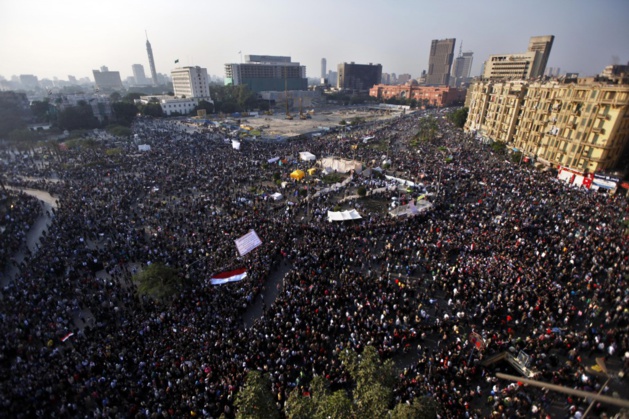
It is difficult to take stock of this historical event because of its contemporaneity. However, some facts emerge from it: countries such as Morocco, Algeria, Saudi Arabia, Oman and Kuwait have equally preferred a peaceful society over a bloody repression as was the case in Bahrain, Syria and in Yemen. As for the Libyans, they put an end to the Gaddafi regime after a costly civil war. The Tunisians and the Egyptians have also achieved the collapse of the regimes of their respective countries through street protests. At an international level, the consequences are numerous – mass immigration, the Islamic State, media fallout… but it is still difficult to define the long term effects of this general movement of protests.














